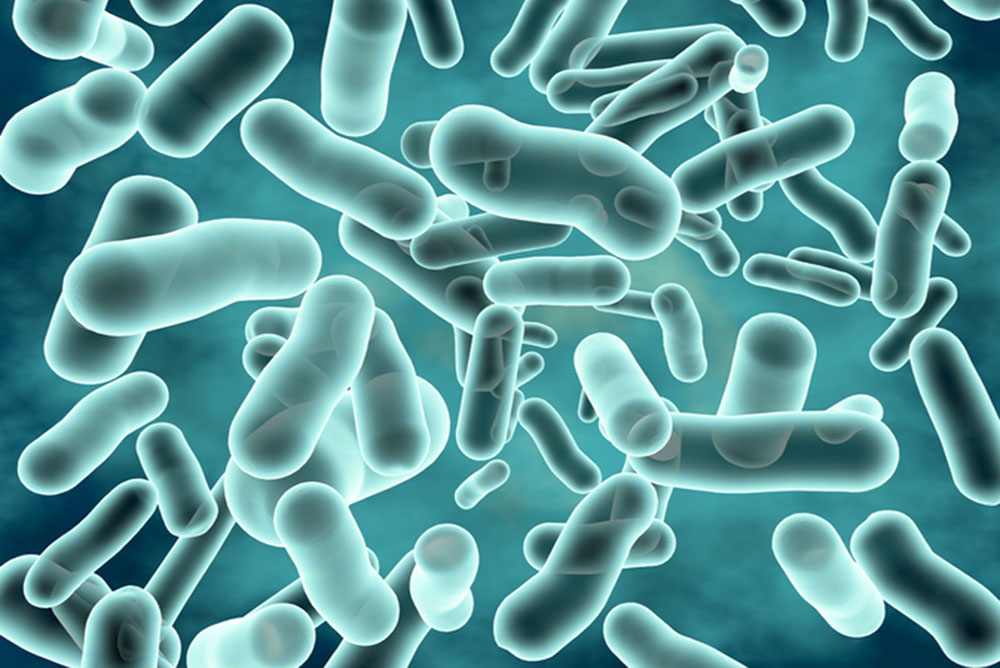
iStock
PERSONALIZED DIETS created by A.I. (artificial intelligence) and based on analysis of an individual’s gut bacteria will prescribe the healthiest specific foods for each person, according to California-based cardiologist Eric Topol. Still in the early stages of development, complicated algorithms will pull together microbiome analysis results along with other variables—including physical activity, sleep, stress, medications, family history and existing medical conditions.
Groundbreaking research by two Israeli investigators in 2014 found that the bacteria populating an individual’s microbiome had a much greater influence on blood-sugar spikes than did specific food or diets. The finding contracted decades of dietary research, including the largest nutrition study ever, which concluded that the Mediterranean diet provides optimal long-term health for everyone.
Blood-sugar spikes can increase the risk of cardiovascular disease as well as the insulin resistance that causes weight gain and is a precursor to diabetes. Insulin resistance occurs over time when high circulating blood sugar levels put an increasingly heavy load on the pancreas to produce more insulin—which the body needs for metabolizing glucose to produce energy.
Foods that create high blood-sugar levels are considered to have a heavy “glycemic load.” According to two meta-analyses of dozens of studies, people who consumed lower-glycemic load diets were at lower risk of developing type 2 diabetes and heart disease than those eating foods with higher glycemic loads.
Unprocessed whole carbohydrates—even a boiled potato—generally have a much lower glycemic load than an equivalent quantity of processed carbohydrates, like a hamburger bun, according to Toronto kidney disease specialist Jason Fung. He uses such comparisons to criticize the common focus on macronutrients—proteins, carbs, fats—rather than on specific foods to create a healthy diet. Among carbohydrates, fructose has a “deadly effect,” he notes.
The finding that the healthiest foods are different for each individual —“the first major development” in the field of nutrition, according to Topol—comes from research by Eran Segal, Eran Elinav and colleagues at the Weizmann Institute of Science, first published in the journal Cell as “Personalized Nutrition by Prediction of Glycemic Responses.” The Weizmann Institute offers online access to diets based on microbiome analysis.
For his own personal gut inspection, Topol donned a blood-glucose sensor and provided a stool sample. The results showed an unusual preponderance of one type of bacteria and advised a list of foods that were healthier—mixed nuts, bratwurst, and cheesecake, for example —and less healthy, like oatmeal and squash. Still in an early state, the algorithm missed at least one important variable, Topol’s pre-existing kidney stones—a condition exacerbated by eating mixed nuts.
An earlier effort to create personalized diets, called nutrigenomics, used genetic profiling to determine an individual’s food choices for ideal health.
While the method failed to garner reliable data, research increasingly supports the “no single diet that’s right for everyone” statement on Berkeley Wellness: Some people do well on low carb/high protein, while others do well on different combinations “partly due to genetic reasons.”
Whatever the diet, individuals also differ in the best way to proceed with healthy prescriptions. For calorie-counting diets, for example, some people do better using a point system while “others prefer a more mindful approach,” according to Berkeley Wellness.
And while some people prefer to go it alone, many do better by choosing a partner, consulting a dietician or joining a structured weight-loss program. Among the longest-enduring of these, Weight Watchers offers an extensive app-based rating system for different foods—but for many members, what matters most is the weekly weigh-ins, and for some the crucial addition of an ongoing support group.
More structured, the residential program offered by the Pritikin Program educates participants on eating for health and weight loss –- and provides a mound of take-home recipes and exercise regimens, according to Florida-based environmental educator K.R., who recently spent a week there. While the high-carbohydrate, very low-fat diet is strict, K.R. appreciated the program’s suggestions for leeway, such allowing an occasional off-diet meal but following that with one that adheres closely.
Like the microbiome algorithm, Pritikin focuses on the effect on insulin levels of different foods and the consequences for weight loss and risk of metabolic syndrome, according to Fung. Saying “any diet that lowers insulin will show incredible benefits,” he also includes Atkins, Paleo and Mediterranean—and supports “intermittent fasting,” eating within a limited time period (usually 8-10 hours) and fasting during the hours that remain.
Even with sophisticated algorithms, some universal diet advice may hold true —for example, that people over 65 may need more protein. “During stressful periods, aging bodies process protein less efficiently and need more of it to maintain muscle mass and strength,” writes Kaiser news columnist Judith Graham.
In a 2018 study that followed more than 2,900 seniors, those who ate the most protein were 30 percent less likely to become functionally impaired —unable to climb stairs —than those who ate the least amount. The current protein recommendation for older adults is more than a gram of protein for every kilo of body weight —for a 150-pound woman, 70 grams or more of protein spread throughout the day, which is a 20 to 50% increase over the RDA (based on studies that rarely include older adults).
The microbiome approach has its detractors. “Most people do not need personalized diets,” Dean Ornish, UCSF medical professor and long-time low-fat diet champion, wrote in response to Topol’s New York Times article. “To say that artificial intelligence is needed to design a diet based on your microbiome is incorrect since a healthy diet can quickly change your microbiome in beneficial ways.” Ornish is especially critical of the recommendation that Topol eat bratwurst, “which the World Health Organization defined as [a] potent carcinogen.”
But even for people who have figured out the best diet for them, an easily accessible algorithm is an appealing means to get a quick health grade for specific foods and could simplify daily dietary choices.
—Mary Carpenter
Every Tuesday in this space, well-being editor Mary Carpenter reports on health news that affects our everyday lives.

Very interesting mix of stories.